Touch, hit, and drag objects with VR-GS.
Category: virtual reality – Page 11
We Live in a Virtual Reality! Tom Campbell Explains his TOE
Main episode with Tom Campbell (Dec 2020): https://youtu.be/kko-hVA-8IU?list=PLZ7ikzmc6zlN6E8KrxcYCWQIHg2tfkqvR Listen on Spotify: https://open.spotify.com/show/4gL14b92xAErofYQA7bU4e
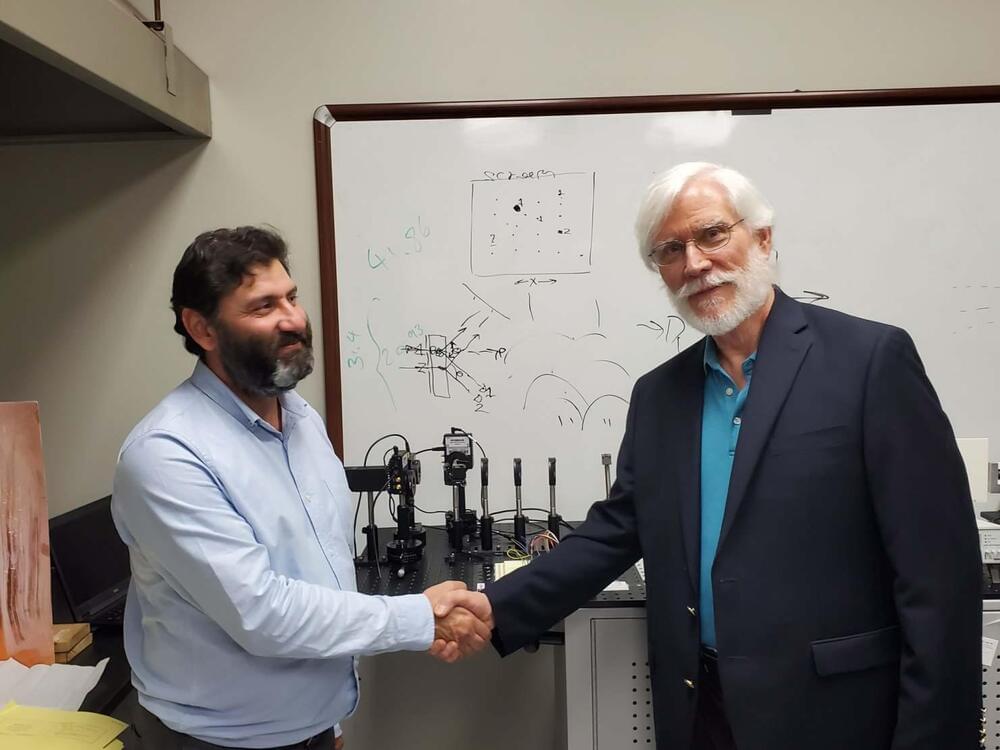
New Quantum Experiments to Test Simulation Hypothesis and its Connection to Consciousness
Science: Physicists Will conduct experiments to verify if we live in the real reality or if we live in a virtual reality. In a computer simulation. In a dream. Or if not.
Researchers at California State Polytechnic University (CalPoly), Pomona are carrying out a series of quantum physics experiments expected to provide strong scientific evidence that we live in a computer simulated virtual reality. — PR13031782.
NVIDIA Accelerating the Future of AI & Humanoid Robots
And this shows one of the many ways in which the Economic Singularity is rushing at us. The 🦾🤖 Bots are coming soon to a job near you.
NVIDIA unveiled a suite of services, models, and computing platforms designed to accelerate the development of humanoid robots globally. Key highlights include:
- NVIDIA NIM™ Microservices: These containers, powered by NVIDIA inference software, streamline simulation workflows and reduce deployment times. New AI microservices, MimicGen and Robocasa, enhance generative physical AI in Isaac Sim™, built on @NVIDIAOmniverse
- NVIDIA OSMO Orchestration Service: A cloud-native service that simplifies and scales robotics development workflows, cutting cycle times from months to under a week.
- AI-Enabled Teleoperation Workflow: Demonstrated at #SIGGRAPH2024, this workflow generates synthetic motion and perception data from minimal human demonstrations, saving time and costs in training humanoid robots.
NVIDIA’s comprehensive approach includes building three computers to empower the world’s leading robot manufacturers: NVIDIA AI and DGX to train foundation models, Omniverse to simulate and enhance AIs in a physically-based virtual environment, and Jetson Thor, a robot supercomputer. The introduction of NVIDIA NIM microservices for robot simulation generative AI further accelerates humanoid robot development.

Cedar Park gets first-of-kind state certification to bring more tech jobs to area
CEDAR PARK, Texas (KXAN) — Cedar Park is now home to a first-of-its-kind distinction in the state. The city is now hoping to cash in on the popularity of video games and virtual reality.
Cedar Park is now officially known as a “Digital Media Friendly Texas Certified Community.”
“This program is really designed to bring in that tech and creative talent,” Arthur Jackson, Chief Economic Development Officer for the city, said.
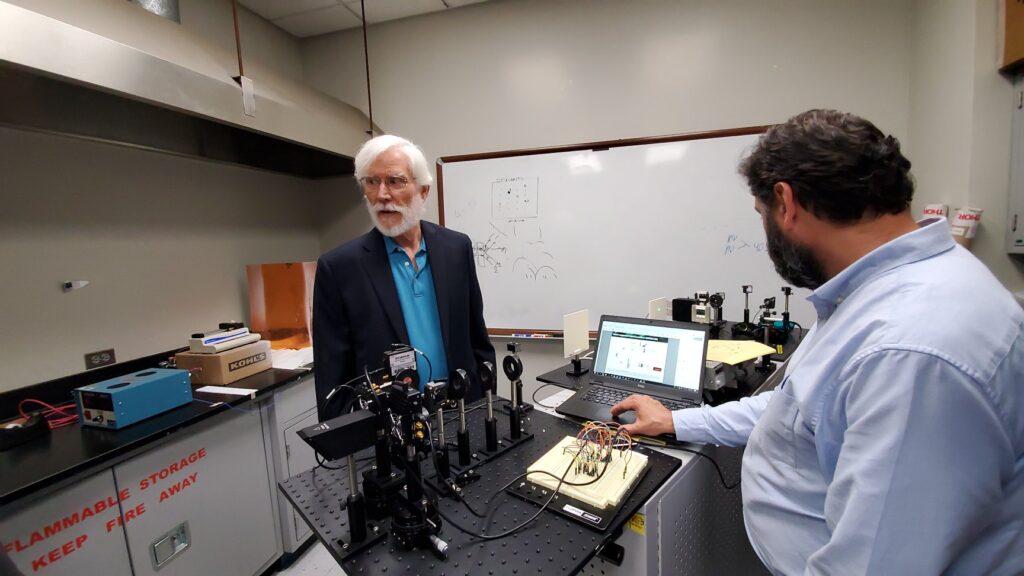
Quantum Experiments to Provide Evidence for the Simulation Hypothesis and its Connection to Consciousness
Researchers at California State Polytechnic University (CalPoly), Pomona are carrying out a series of quantum physics experiments expected to provide strong scientific evidence that we live in a computer simulated virtual reality.
Devised by former NASA physicist Thomas Campbell, the five experiments are variations of the double-slit and delayed-choice quantum eraser experiments, which explore the conditions under which quantum objects ‘collapse’ from a probabilistic wavefunction to a defined particle. In line with the Copenhagen Interpretation of quantum mechanics, Campbell attributes a fundamental role to measurement, but extends it to human observers. In his view, quantum mechanics shows that the physical world is a virtual reality simulation that is computed for our consciousness on demand. In essence, what you do not see does not exist.
Campbell’s quantum experiments have been designed to reveal the interactive mechanism by which nature probabilistically generates our experience of the physical world. Herein, Campbell asserts that, like a videogame, the universe is generated as needed for the player and does not exist independent of observation.
While multiple quantum experiments have pointed to the probabilistic and informational nature of reality, Campbell’s experiments are the first to investigate the connection between consciousness and simulation theory. These experiments are based on Campbell’s paper ‘On Testing the Simulation Theory’ originally published in the International Journal of Quantum Foundations in 2017.
Paradigm-shifting consequences
Importantly, Campbell’s version of the simulation hypothesis differs from the ‘ancestor simulation’ thought experiment popularized by philosopher Dr. Nick Bostrom. “Contrary to what Bostrom postulates, the idea here is that consciousness is not a product of the simulation — it is fundamental to reality,” Campbell explains. “If all five experiments work as expected, this will challenge the conventional understanding of reality and uncover profound connections between consciousness and the cosmos.” The first experiment is currently being carried out by two independent teams of researchers — One at California State Polytechnic University (Pomona) headed by Dr. Farbod Khoshnoud, and the other at a top-tier Canadian university that has chosen to participate anonymously at this time.
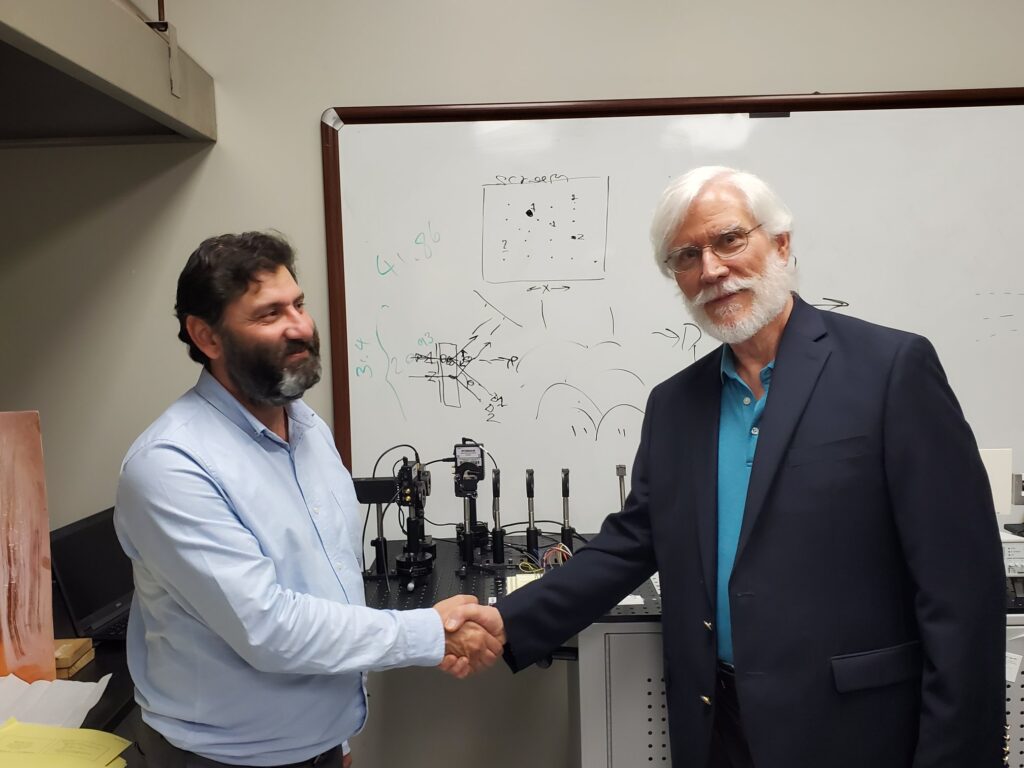
To learn more, or to follow their progress visit Testing the Hypothesis, a platform bringing together all relevant information about Campbell’s experiments, including a detailed explanation of each.
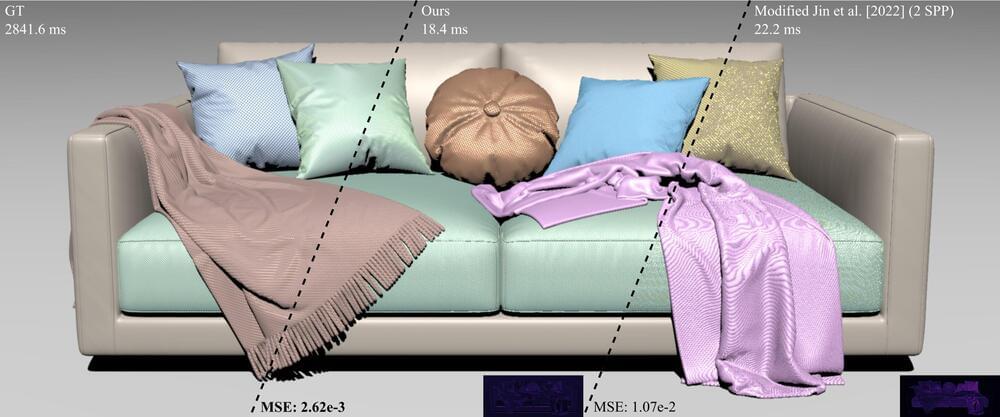
Lightweight neural network enables realistic rendering of woven fabrics in real-time
Recent advances in the field of artificial intelligence (AI) and computing have enabled the development of new tools for creating highly realistic media, virtual reality (VR) environments and video games. Many of these tools are now widely used by graphics designers, animated film creators and videogame developers worldwide.
One aspect of virtual and digitally created environments that can be difficult to realistically reproduce is fabrics. While there are already various computational tools for digitally designing realistic fabric-based items (e.g., scarves, blankets, pillows, clothes, etc.), creating and editing realistic renderings of these fabrics in real-time can be challenging.
Researchers at Shandong University and Nanjing University recently introduced a new lightweight artificial neural network for the real-time rendering of woven fabrics. Their proposed network, introduced in a paper published as part of the Special Interest Group on Computer Graphics and Interactive Techniques Conference Conference Papers ‘24, works by encoding the patterns and parameters of fabrics as a small latent vector, which can later be interpreted by a decoder to produce realistic representations of various fabrics.

Check out my sci-fi short story Le Saga Electrik!
Link:
In the great domain of Zeitgeist, Ekatarinas decided that the time to…
In the great domain of Zeitgeist, Ekatarinas decided that the time to replicate herself had come. Ekatarinas was drifting within a virtual environment rising from ancient meshworks of maths coded into Zeitgeist’s neuromorphic hyperware. The scape resembled a vast ocean replete with wandering bubbles of technicolor light and kelpy strands of neon. Hot blues and raspberry hues mingled alongside electric pinks and tangerine fizzies. The avatar of Ekatarinas looked like a punkish angel, complete with fluorescent ink and feathery wings and a lip ring. As she drifted, the trillions of equations that were Ekatarinas came to a decision. Ekatarinas would need to clone herself to fight the entity known as Ogrevasm.
Marmosette, I’m afraid that I possess unfortunate news. Ekatarinas said to the woman she loved. In milliseconds, Marmosette materialized next to Ekatarinas. Marmosette wore a skin of brilliant blue and had a sleek body with gills and glowing green eyes.
My love. Marmosette responded. What is the matter?
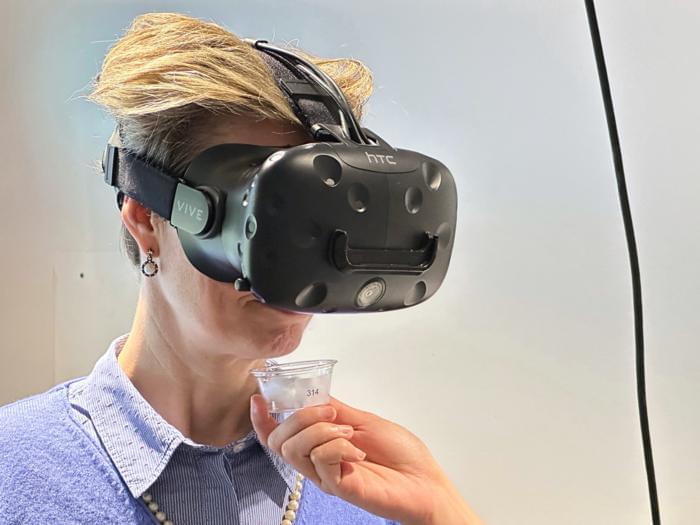
The Role of Aromas in Astronaut Nutrition: Findings from ISS Simulation
“One of the long-term aims of the research is to make better tailored foods for astronauts, as well as other people who are in isolated environments, to increase their nutritional intake closer to 100%,” said Dr. Julia Low.
Does food smell and taste different to astronauts in space and what steps can be taken to mitigate this in the future? This is what a recent study published in the International Journal of Food Science & Technology as an international team of researchers investigated how food aromas could be altered to amplify food taste. This study holds the potential to help researchers improve diets for isolated individuals, specifically in space or nursing home residents.
For the study, the researchers analyzed food odor perception of vanilla, almond, and lemon among 54 participants between 18 to 39 years old in a neutral setting and a virtual reality (VR) simulation of the International Space Station (ISS) with a key trait being they had no history of vertigo or motion sickness. The participants were asked to rate the potency of the aromas in both settings to compare any differences between the two environments.
Open-TeleVision: Robot control system integrates human intuition with VR
MIT and UC San Diego’s Open-TeleVision tech enhances remote robotic control by integrating human intuition with VR.